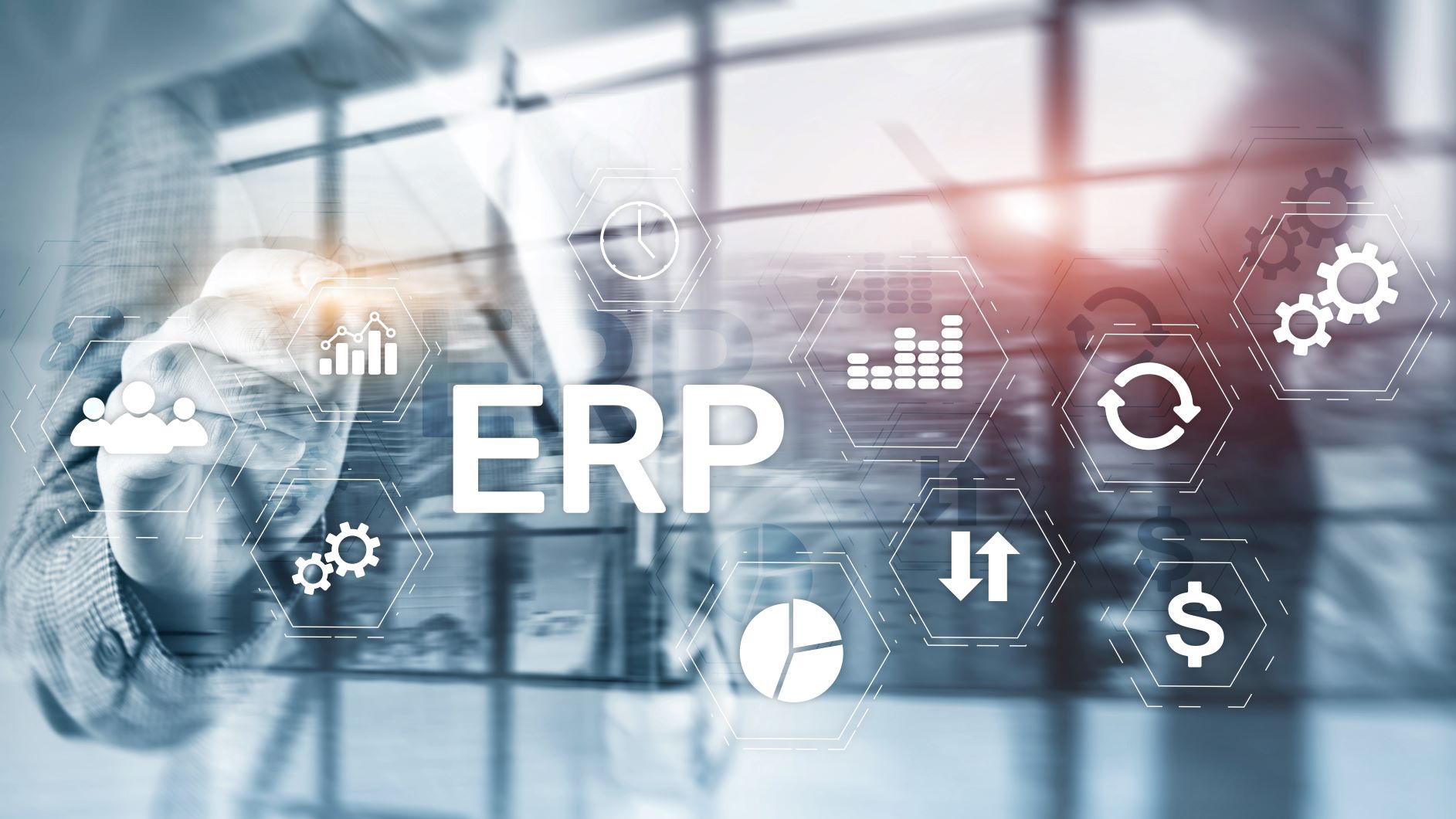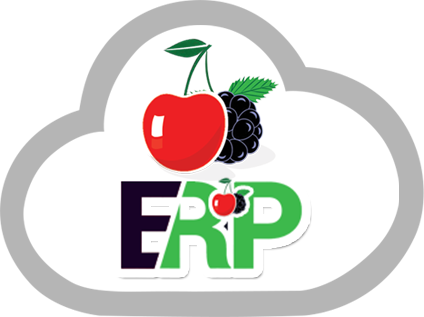
How ERP HRM Modules are Effective for Modern Organisations
MThe Human Resource Management (HRM) module in Enterprise Resource Planning (ERP) is the part of the software that allows companies to effectively handle their human resources across the whole employee lifetime, from recruitment to termination and beyond. The importance of the ERP HRM Module has grown as businesses place a greater emphasis on career advancement and the employee’s previous expertise, and it consolidates HR operations and employee data onto a single platform.
How ERP HRM Module Works?
With the aid of an HRM module, an organisation can handle all employee-related tasks in an ERP system. This entails a wide range of features, such as employees’ details (e.g., name, contact details, DOB, address). It also includes employees’ current position in the company, incidents and actions (e.g., payments, incentives, termination, etc.), self-service options for managers and employees, appraisals, compensation preparation, and benefits administration. Organisations can handle tasks like hiring, integrating, performance evaluation, improvement, and succession planning with the use of talent management software included in most ERP HRM modules.
Integrating with the rest of the ERP system, the HRM module lets businesses keep track of essential personnel data while also feeding it the information it needs to run other business activities.
Human capital management (HCM) is a more popular name for the ERP HRM module. Human resources information systems (HRIS) and human resources management systems (HRMS) were the old names for standalone HR software. This terminology is still in use, although it usually describes the central HR component of an HCM system that deals with personnel data and self-service, among other fundamental HR responsibilities.
Key Features of Modern ERP HRM Modules
Key features of this latest software are discussed below:
- Firstly, Users can manage their personnel and other information in one place with the core HR module. Authorised users may see personnel records, make edits, and carry out tasks including promotions, transfers, and terminations. Employee profiles, organisational charts, self-service options for managers and employees, and approval process capabilities are standard features in most systems. Furthermore, the HRM module is capable of handling different types of employment, including contingency labour, parallel employment (performing multiple jobs at once), and worldwide postings.
- Using the time and attendance feature of HRM, you can keep tabs on when workers are in and out of the office, working days and sick days. On top of that, certain systems take care of work schedules. Another crucial aspect of a time and attendance module is time evaluation for payroll processing. This entails determining how working hours affect specific laws, such as labour contracts and overtime regulations.
HRM Key features
- Every important aspect of handling payroll, from tax computations and disbursements to compliance reporting, is included in the payroll module. Payroll can be handled by the accounting department in certain organisations, however, it is either an independent system or an integrated component of an ERP system for HRM. A payroll system is included in just a small number of ERP financial modules.
- Health insurance and retirement programmes are examples of employee benefits that are overseen by benefits administration. It integrates with insurance companies and other benefit providers and offers compliance reports as well.
- Planning for compensation, managing bonuses, and variable pay programmes are all responsibilities of the compensation management module. You can get spot additional functions from some suppliers.
ERP Key features
- Raising job requisitions, making and publishing job ads, evaluating applicants, and making offers are all tasks that fall within the purview of recruiting. Career websites and interview scheduling are additional services offered by several companies.
- Furthermore, Accompanying new hires through the process of filling out compliance paperwork, receiving equipment, and establishing login credentials is what the onboarding component is all about.
- Organisational and personal objectives may be more easily set, delegated, and monitored with the help of goal management software. Goals at the corporate and team levels can cascade in many systems. Occasionally, the performance management module is used to handle goal management.
More Key features
- Setting goals, conducting assessments, and providing feedback are all parts of performance management. The process also aids in conducting reviews and developing employees’ skills. In most cases, it works hand in hand with the objectives management component.
- Moreover, Through career development, workers can recognise potential job openings, career routes, and educational options that will help them advance in their chosen fields.
- Moreover, Opportunities for professional development, including mentorship and internal initiatives, are made available through some marketplaces for sophisticated software.
- Features such as course catalogues, assessments, and delivery of training are all part of learning management systems. Arranging for a successor Identifies critical roles, plans for successors, and develops talent pools.
- Additionally, Customisable reports and analytics on a variety of HR indicators are generated via reporting and analytics, which aid in workforce planning and strategic decision-making.
Companies may use workforce planning to prepare for both the present and the future by integrating data from several ERP HR modules.
Benefits of Incorporating an HRM Module to Your ERP System
Organisations can perform helpful tasks (given below) when their ERP system and HRM module are strongly integrated, whether it’s inside the same ERP system or in a distinct HRMS or HCM suite:
– Make use of personnel records in various ERP activities.
– Produce analytics and reports that integrate HR and ERP data for a comprehensive picture of business processes.
– Make ERP-to-ERP workflows possible.
– For payroll and other expense assignment procedures, merge HR data with cost centre data.
– Coordinate employee schedules with operational demands in a distribution or logistics module.
– Enhance the company’s labour planning to better address both immediate and long-term demands.
– Help bring workforce strategies to fruition by promoting reskilling and upskilling.
– Handle hiring and job position budgets following company requirements.
Conclusion
An integrated HRM was a standard feature of ERP software in the past. With the rise of cloud computing in the past several years, several major vendors have developed or purchased independent HRM modules, which they have subsequently integrated with their ERP systems. CherryBerry ERP provides ERP HRM modules with all the latest features. By adopting this more contemporary architectural style, ERP system suppliers may upgrade their outdated systems with state-of-the-art features and cloud computing knowledge while capitalising on their extensive integration skills to support modern, end-to-end company workflows.
